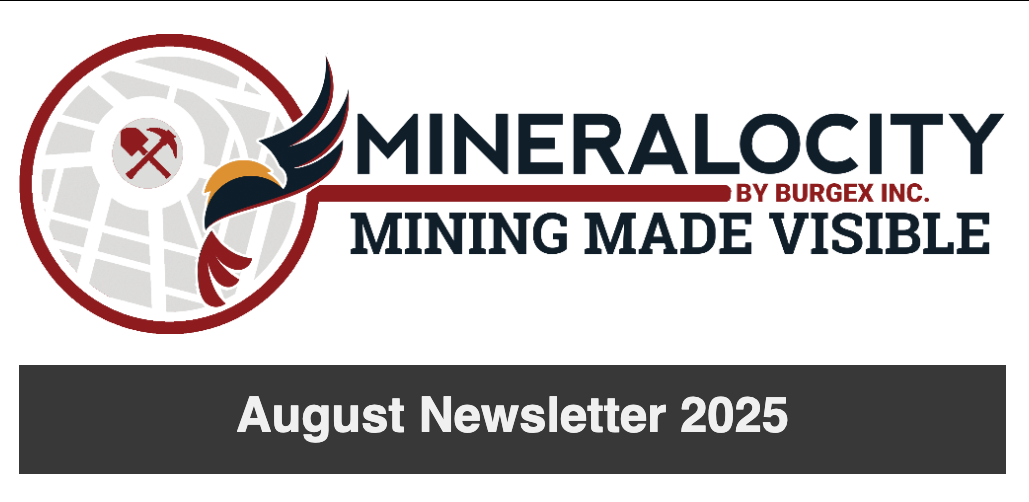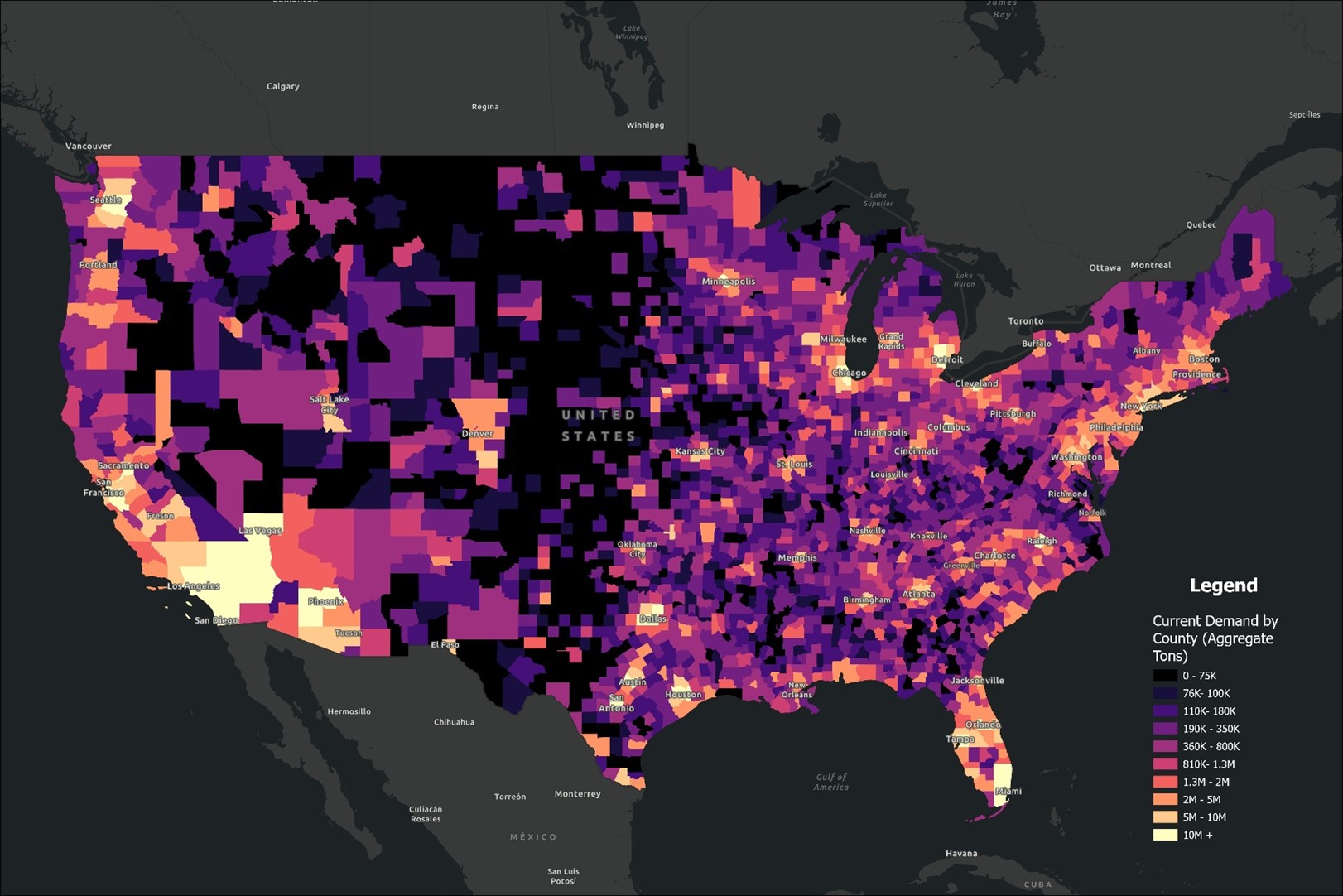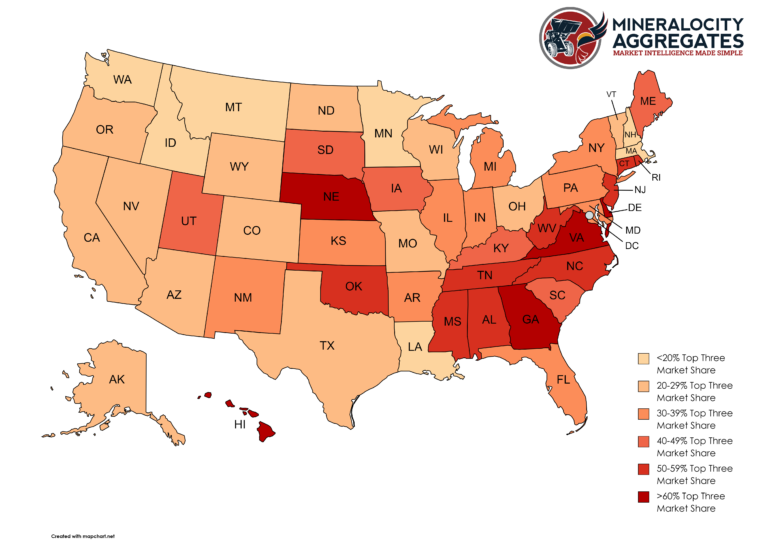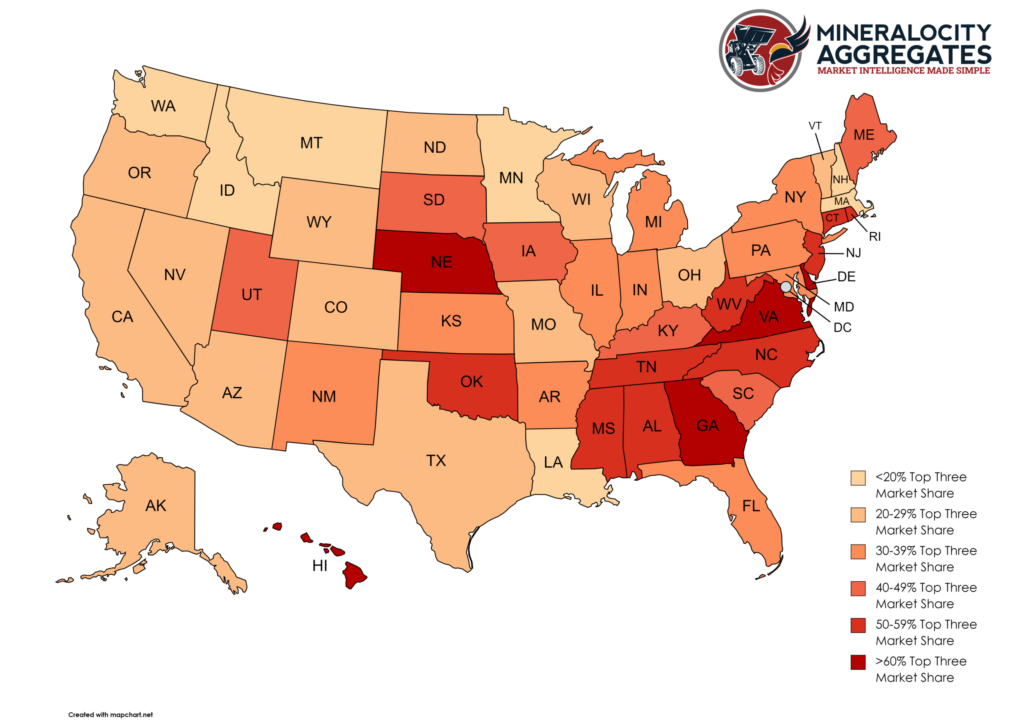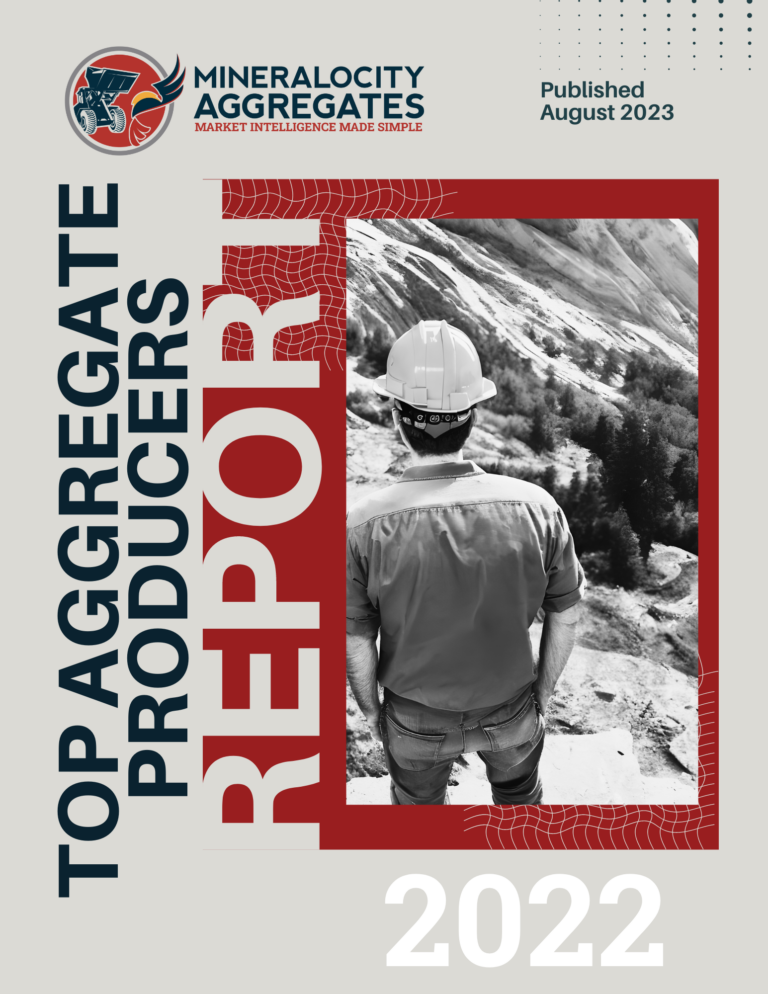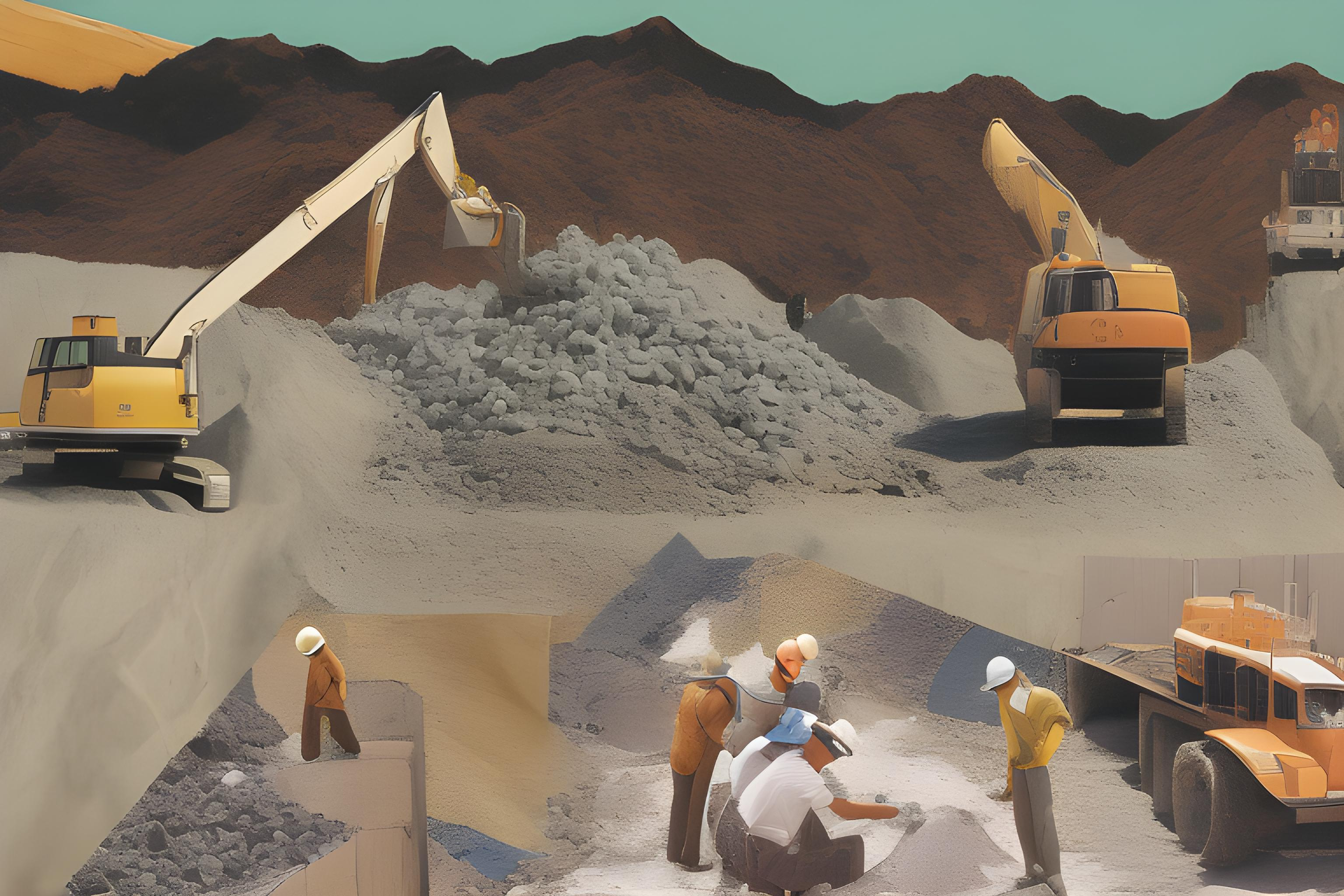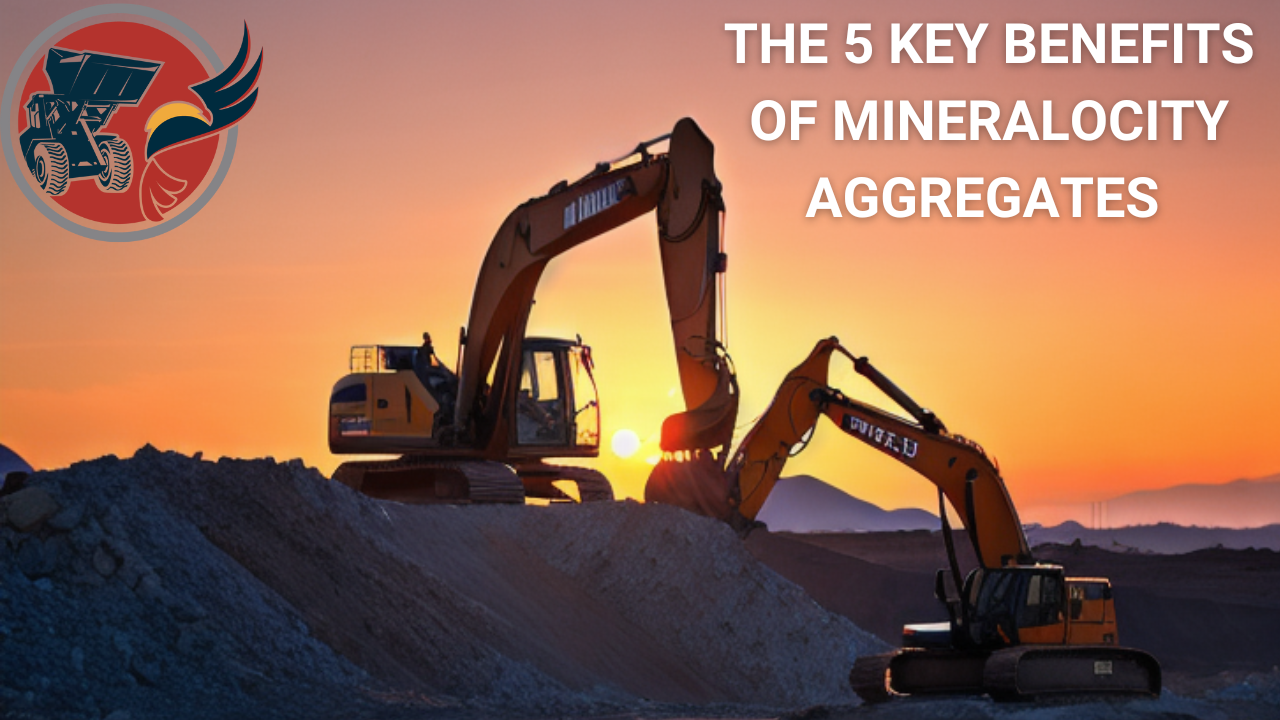Investing in technology doesn’t mean just buying the latest gadgets. It means integrating modern tools and approaches into the aggregate production process to enhance efficiency, reduce costs, and increase output. In the rapidly evolving technological landscape, staying updated and making informed tech investments can give aggregate producers a competitive edge.
Automation: As the industry progresses, automation solutions have become more accessible and practical. Automated systems in production, loading, and transport can significantly improve efficiency and reduce labor-intensive tasks. Automated crushers, for instance, can optimize rock crushing, and automated conveyor belt systems can increase the transport speed of materials.
Real-time Monitoring: Deploy sensors and equipment fitted with IoT (Internet of Things) capabilities. These can provide real-time data about equipment health, production rates, and operational inefficiencies. By identifying issues as they arise, producers can make instantaneous adjustments, leading to consistent and optimized production.
Data Analytics: With the large volumes of data generated from real-time monitoring, utilizing data analytics can offer actionable insights. By analyzing patterns, you can anticipate maintenance needs, adjust for efficiency, and forecast production capabilities.
Drones: Utilize drones for site mapping, stockpile measurements, and monitoring. Drones can provide accurate data faster and more safely compared to manual inspections, enabling better decision-making.
Software Solutions: Invest in software tailored for the aggregate industry. Software solutions can aid in tasks ranging from inventory management and production tracking to predictive maintenance and financial forecasting.
Sustainable Technologies: With increasing emphasis on sustainability, look into technologies that reduce emissions, recycle water, and minimize waste. For instance, electric-powered equipment might offer a sustainable alternative to diesel-powered machinery in certain applications.
Mobile Applications: Equip your on-ground teams with mobile applications that allow them to report, monitor, and communicate more effectively. This can significantly streamline operations and improve response times to any challenges that arise.



